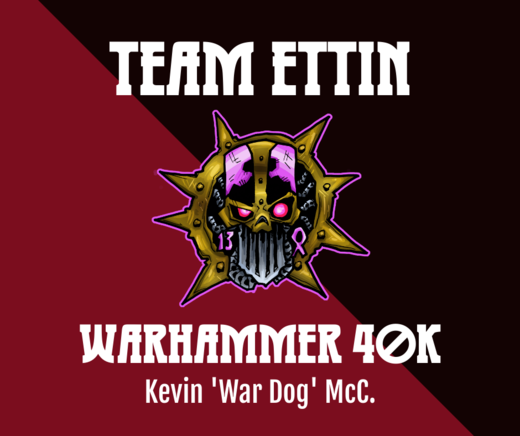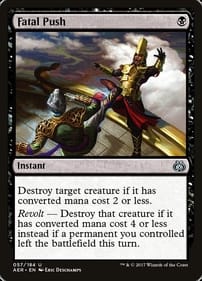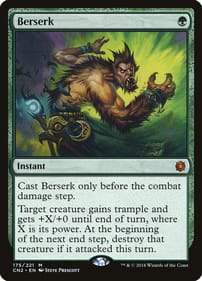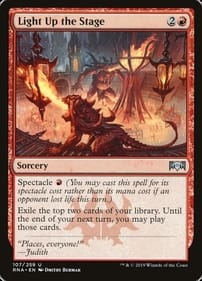We’ve all been there. A new Codex. Point changes. A Balance Dataslate. Dropped only a few short weeks prior to that next big tournament. We start looking at the models that have sat in that “pile of shame” for far too long and grumble at the realization that to get an edge, to be competitive within the scope of these changes, we will absolutely have to assemble and paint those models. That is, of course, only one of many scenarios most of us find ourselves in.
Warhammer 40k is constantly evolving between new releases and updates. Sometimes this means dusting off a few old models. Sometimes this results in a bubbling excitement that spills into the start of an entirely new army. But in most every setting this means putting brush to paint and paint to model.
I want to preface what we are getting into a bit. First, be sure to always check the painting requirements of the event you are attending. This is important because Games Workshop has baked painting into the overall score for Matched Play. These can, in some small ways, vary from event to event, though most of us are familiar with the “Three Color Minimum.” However, Games Workshop took this a step further and introduced the term “Battle Ready,” of which many have also adopted. There is a difference between these two and what I am covering will result in your army being Battle Ready.
Being Battle Ready
Games Workshop has provided a number of examples of what being Battle Ready means. Essentially, the end goal is to have models that show some depth of color. How this is achieved can be done several ways, but the most widely seen methods from Games Workshop involve the Citadel Contrast paints or applying a wash over a model with a base coat on all major areas. Either of these, followed by simple basing (such as using a textured paint or sand) results in your miniature(s) being Battle Ready.
I come from an extensive background of tabletop wargaming. Even before that I grew up painting miniatures with my family for Dungeons & Dragons. One of my main reasons for playing these games comes from the fact that I also love painting the models themselves. So, needless to say, I have also come across a number of ways to get some depth on a model with relatively little time actually spent painting.
Let’s jump in.
Rattle Cans & Watercolors
Something I love about this hobby is the exploration of using any manner of paint or material to achieve a specific goal. I doubt many of us are strangers to the use of colored primer and that is one of the primary ways of quickly getting on the road to Battle Ready. However, a rattle can isn’t going to do all the work. So, we’ll add some black watercolor to the mix.

This started with priming the Drone using Army Painter’s Alien Purple. I chose this color primarily because I like the color, but also because Army Painter has gone through the effort to ensure that the bottled paint is a 100% color match. Which, I can confirm as being true, as I did have to do a bit of cleanup.
While I could have gotten away without adding the Evil Sunz Scarlet or Eshin Grey, I do still like to make sure my models have some variation of color on them. I also used the Black Templar Contrast on the underside of the Drone itself. Once those steps were done, I moved onto the watercolor.
One trip to Hobby Lobby later, I came back with Master’s Touch Ivory Black and immediately went to work. The thing to note about using watercolors is the consistency should be… Watery. However, keeping it a little thicker doesn’t hurt and could help it settle into the recesses a bit easier. From here, it’s time to cover the model, focusing in on the recesses. This essentially functions as a wash, but the result is a much more solid color.
Once that step is complete we can move onto cleaning up. I typically use cotton swabs, but really anything that you can put some water on and wipe across the model works. You may find it easier to use a brush in some areas as well. Be careful not to saturate your tool too much though, as it could pull the watercolor from the recesses.
The end result is a model with depth. Moreso, you have a model that has a bit of that comic-style lining! From here though, the model itself can be considered Battle Ready. Nonetheless, I never can leave well enough alone and so, I went ahead and highlighted the Drone, as seen below. After I did that, I sealed it with a matte sealant.

Enamels
The use of enamel is actually a fairly recent discovery for me. In the time since, I have fallen very deeply in love with the quick, griming effects of AK Interactive’s Streaking Grime (specifically the one for all vehicles).
Now, because of the nature of enamel paint, I need to caution those interested. Please be sure to purchase yourself a ventilator mask, especially if you go the route of airbrushing. This should also be worn while using the White Spirits needed to “clean” up the model after the enamel has been applied. And if you will be airbrushing, do so in a ventilated area or use a booth that you can direct the airflow out a window. These can be found on Amazon.

Similar to what I did with the watercolor method, I started here with the idea of using a primer as my primary color. In this case, I used Citadel Wraithbone. This was followed up by doing a simple basecoat of various colors, particularly the metallics and using a few Contrast paints from Games Workshop to add a bit of detail. After that was done, I moved onto breaking out the airbrush. And although you don’t have to, I sealed the model with matte sealant to help prevent any of the paint underneath from being rubbed away during the final step.
The enamel from AK Interactive can be applied with a brush (generously so), but you will want to make sure you clean said brush with some mineral spirits (or White Spirits) really well. Same goes for the airbrush.
As can be seen above, the entire model was coated, making it look… Muddy. Here is where the fun starts!
I actually use AK Interactive’s White Spirits as well. Other than that, all you need is something to dip into the spirits to then apply and begin “wicking” and “wiping” away the enamel. Again, I typically use a cotton swab. I suggest sometimes letting the enamel run in a few areas, making them look a bit more tarnished or dirty. After you’ve gone over your entire model, let the enamel dry for at least 8 to 12 hours. If you want some areas to be a bit brighter, go over them a second time before letting the enamel dry.
At this point, you can freely seal the model again with a matte sealant and proceed to basing! However, I like to add a few little things, such as highlights to the lenses or anything else that might be glowing.
Again, I am absolutely in love with the use of enamel and it looks great on all kinds of models. For instance, a Redemptor Dreadnought cheerfully stomping out the Xenos threat!
Of course, these are only a couple methods to quickly bring your models up to the Battle Ready standard, which hopefully can help on your next project. Be sure to always check the painting requirements for each event and never be afraid to experiment. Finding your own way to bring your models to life on the tabletop is one of the most rewarding elements of this hobby.
Until next time, keep painting, keep rolling dice, and keep being awesome.
-Kevin “War Dog” McCormick






